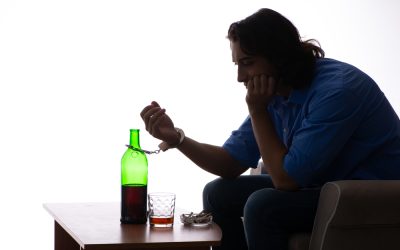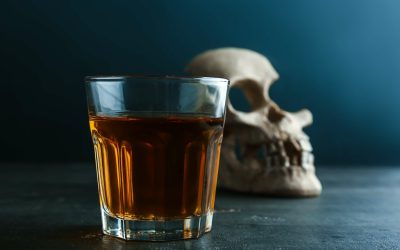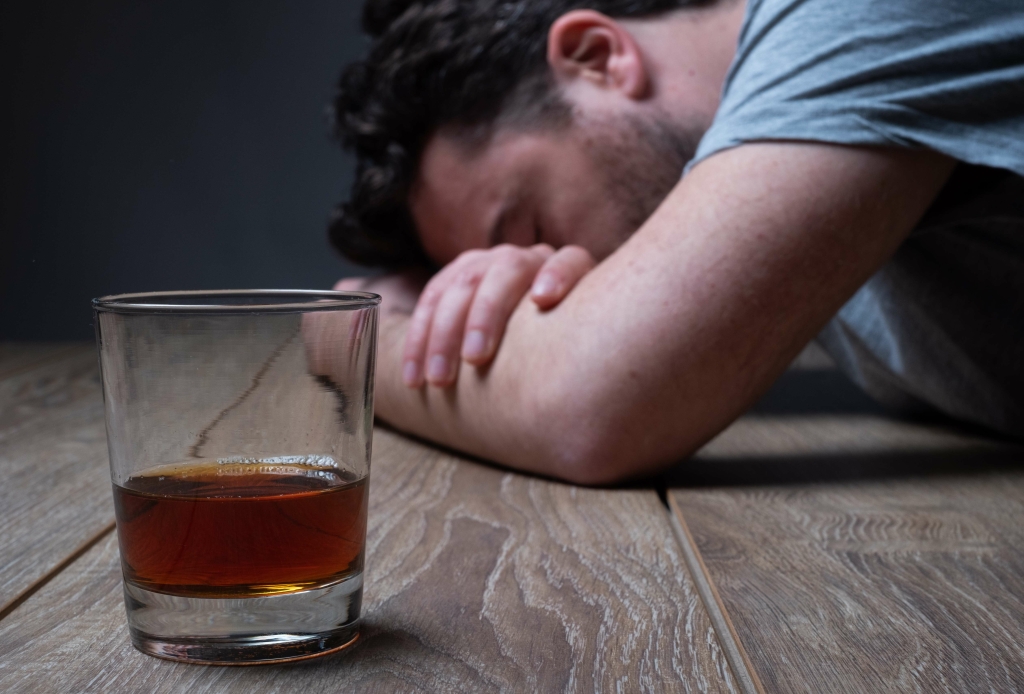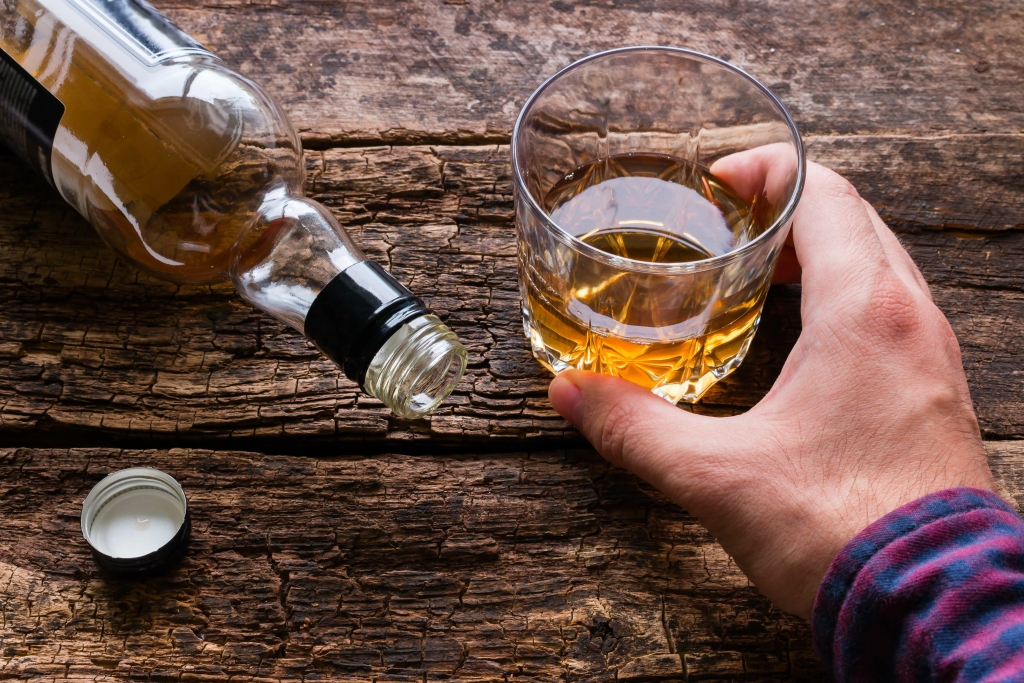Sativa strains (cannabis sativa) are known for their energizing, euphoric, and uplifting effects. Sativa strain users report a boost of motivation and sociability, making them best for daytime use or in a social setting. When smoking a bowl of only sun rocks, try to get them broken up as small as possible to avoid wasting time and plant matter trying to light bigger nugs.
- Compound Genetics’ 2022 cross of Grape Gas #10 x OGKB Blueberry Headband keeps surging to new heights nationally.
- Sativa strains (cannabis sativa) are known for their energizing, euphoric, and uplifting effects.
- Moonrocks for example are absurdly expensive and difficult to consume.
- With sun rocks, all components—top-shelf buds, pure, flavorful extracts, and strong kief—are derived from the same strain.
- The breeder Global Genetics mixed LCG with the Original Z for this hit hybrid, which emits apple, blueberry, and apricot notes.
These upgraded elements aren’t just for taste; they also contribute to the higher potency of sun rocks. Moon rocks typically reach up to 60% THC at their most potent, but sun rocks can test over 80% THC. Sun rocks take the benefits of moon rocks—potent effects, high THC, and a combination of cannabis extracts—and turn them up a notch. If you’re looking to wind down after a long day, indica may be a good choice. If you need something to help you wake up or a midday boost of energy, sativa might be better. Every January, the Leafly Buzz flower column widens its lens from the West Coast to predict the next winners across the US for the new year.
Medizin 1:1 Recovery CBD:THC 250mg
Moonrocks for example are absurdly expensive and difficult to consume. However I was recently visited by a friend from Cali who brought with him some Sunrocks to sample. Not for novices or before an important meeting or even an unimportant one for that matter. Costly as all get out and hard to find outside of Cali but a worthwhile,albeit expensive treat for any true enthusiast. Before we dive into sun rocks, let’s start with what goes into making moon rocks and what consumers can expect when trying them. When finding the best weed strain for you, it helps to know what you’re looking for first.
- Lemon Cherry Gelato stays undefeated, but an update comes in the form of the surging strain Blue Nerds.
- Hybrid strains are the most common type of weed strain, but are often either indica-dominant or sativa-dominant.
- There are plenty of horror stories of cracking into a moon rock and finding dry, brown bud inside.
- If you’re looking to wind down after a long day, indica may be a good choice.
A community connecting cannabis consumers, patients, retailers, doctors, and brands since 2008. When adding pieces to regular ground flower in a bowl, don’t add them right on top. Instead, try to mix or layer them with other flower so the bowl burns evenly.
Escape Artists 20:1 Menthol Relief Cream CBD:THC 40mg
Like wine varieties, strains have their own combination of compounds (like THC and CBD) and aromatic elements called terpenes. The makeup of each plant determines how the weed strain is classified — indica, sativa, or hybrid. Skilled breeders and growers craft these cannabis plants to have a specific taste, smell, look, and effect — from mood-lifting motivation to couch-lock relaxation. Moon rocks can comprise bud, hash oil, and kief from any strain and of any quality, so anticipating terpene flavors and effects can be tough. Indica strains (cannabis indica) typically have calming or sedating effects. Indica strain users report more of a body high, making indica strains best for winding down after a long day or nighttime use.
Because of the thick, opaque hash oil used in moon rocks, there’s no telling if the bud is quality until you purchase one and break into it yourself. Sun rocks switch out low-quality hash oil—often created through extracting trim and shake—for a top-shelf concentrate extracted from nugs of the same strain. Compound Genetics’ 2022 cross of Grape Gas #10 x OGKB Blueberry Headband keeps surging to new heights nationally. It grows great indoors, in greenhouses, and outside, with crazy size and bling. Nothing can stop Grape Gas on its own, or in other strains including GastroPop and Blueberry Caviar (below).
DADirri Third Eye Bubble Hash 1g
Different growers at different times seemed to have settled on this name, but whatever the cross, a Blue Nerds wave keeps building. Once you’ve determined your goals, there are several ways to determine which weed strain to pick. Most consumers recommend using a pipe or bong to smoke both sun rocks and moon rocks. Trying to add them to a joint or blunt can be messier than it’s worth, and you’ll want to skip the grinder on these because of the distillate coating. Instead, try cutting up sun rocks into small chunks with a utility knife or razor blade. With sun rocks, all components—top-shelf buds, pure, flavorful extracts, and strong kief—are derived from the same strain.
by Fleur Cannabis
The indica hybrid offers notes of pear, plum, and blueberry and will leave you tingly, giggly, and relaxed. Michigan throttles into the pole position with this cross of Pure Michigan x Runtz. Lemon Cherry Gelato stays undefeated, but an update comes in the form of the surging strain Blue Nerds. The breeder Global Genetics mixed LCG with the Original Z for this hit hybrid, which emits apple, blueberry, and apricot notes.
There are plenty of horror stories of cracking into a moon rock and finding dry, brown bud inside. So sun rocks are a high-end type sunrock strain leafly of hash-infused cannabis flower bud. The next hot cannabis strains of the culture stand ready for your taste buds. If it’s limonene, you can expect more citrus fruit notes like lemons and oranges. If the dominant terpene is myrcene, you’ll pick up stronger, earthier notes, and if it’s pinene, the strain will have more herbal notes, like rosemary and mint.
All strains
With thousands of strains and products to browse and shop, Weedmaps makes it easy to find the right weed strain for you. From there, you can experiment with different marijuana strains, dosages, cannabis products, and consumption methods. First off I am always skeptical when it comes to gimmick cannabis products like this.
Wyld Sour Apple Sativa Gummies 100mg
The best type of weed strain is subjective and will depend on your desired effects. If you’re looking for a more energetic high, sativa strains might be the best. If you’re looking for a relaxing high, indica strains would likely be the best. Hybrid strains are created by crossing indica and sativa strains and can be indica dominant, sativa dominant, or balanced. Depending on their genetic makeup, they are known for having a mix of uplifting and calming effects or hitting right in the middle.
Fan-favorite, myrcene-heavy OG Kush is the most common strain you’ll find as sun rocks. Sativa strains tend to have more energizing effects, while indica strains are typically more relaxing. Hybrid strains usually offer a balance of indica effects and sativa effects. Hybrid strains are the most common type of weed strain, but are often either indica-dominant or sativa-dominant.
What are weed sun rocks?
The resulting resin is trichome-rich, packing more flavor into each hit than typical hash oil. Plus, the purity of the oil makes the extract clearer, allowing consumers to see the bud, even through the dusting of kief. This depends on the strain’s THC content — the higher the THC content, the “stronger” the weed. Sativa strains typically have a high THC content, a stronger head high, and more powerful psychoactive effects. With their thick coating, it’s nearly impossible to judge the quality of the flower used.
















